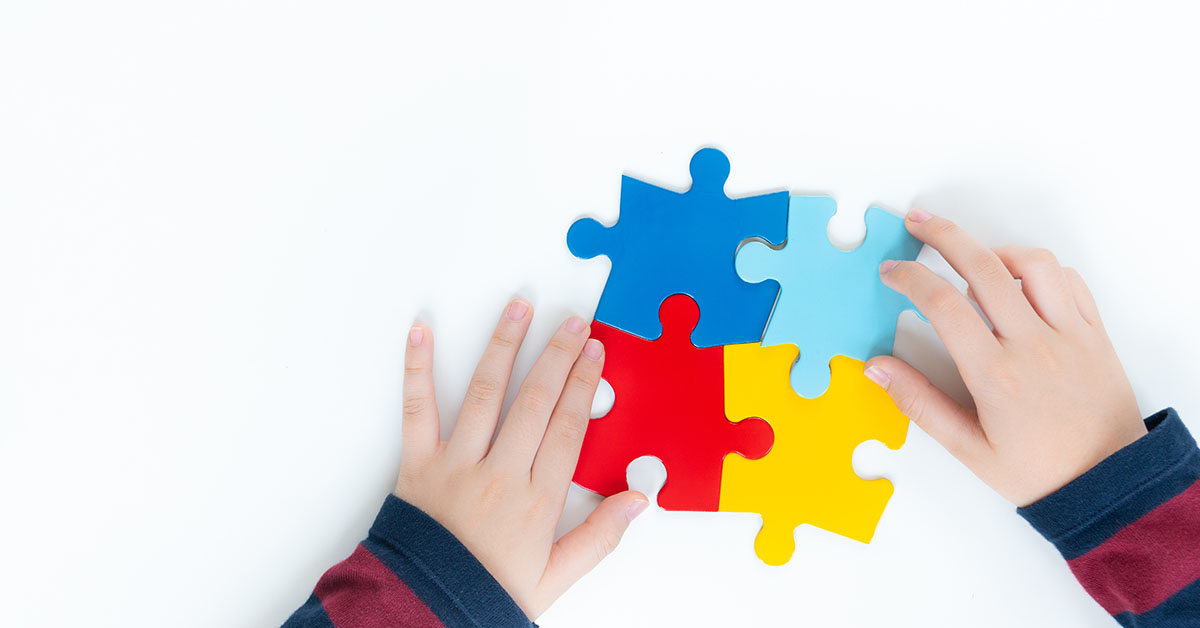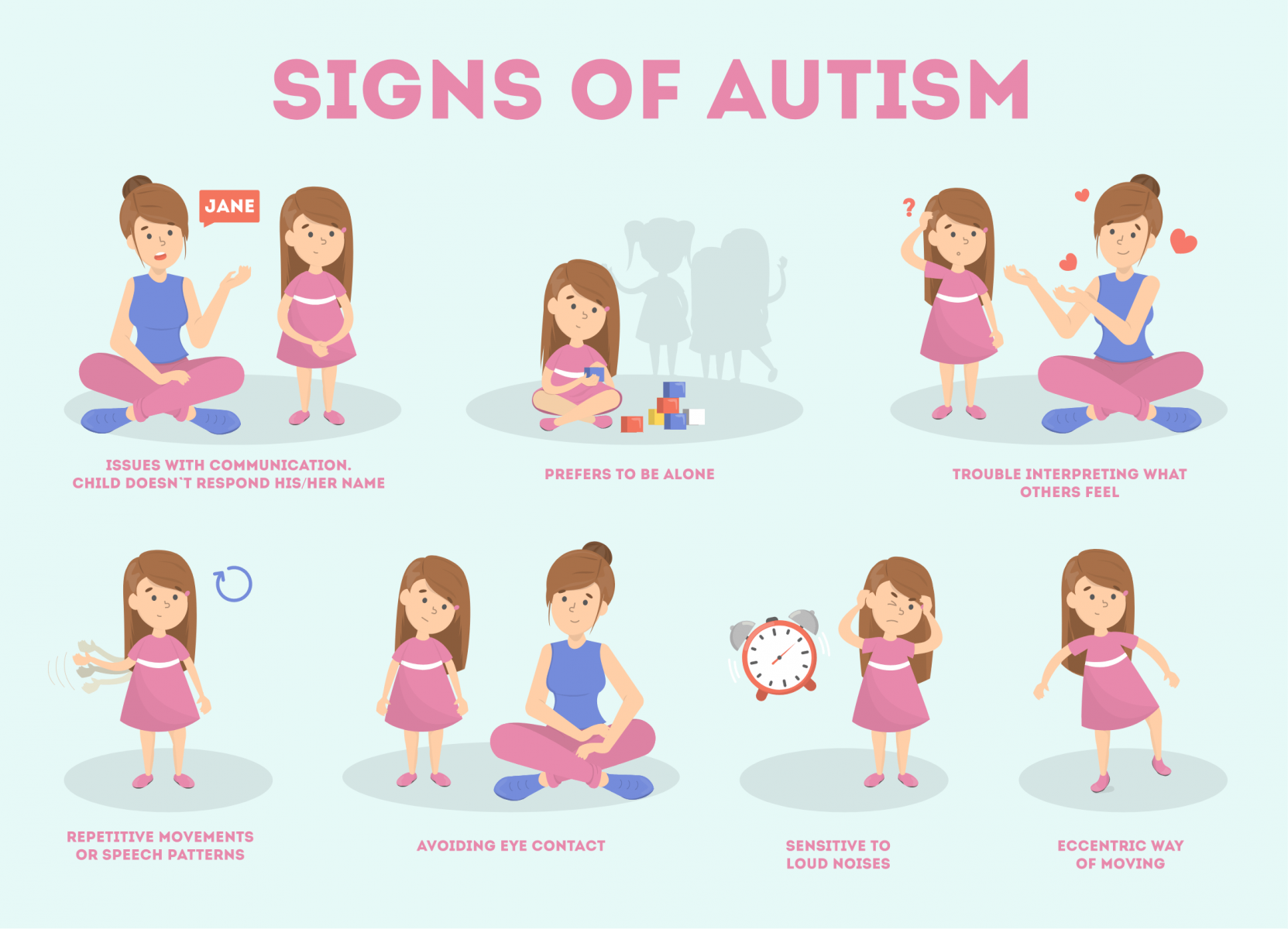Checking Out Autism: Methods for Reliable Interaction and Interaction
Effective interaction and communication with people on the autism range demand a comprehensive understanding of their unique requirements and choices. Techniques such as employing clear language, utilizing visual supports, and fostering consistent routines can considerably enhance engagement and reduce anxiety. Recognizing the relevance of non-verbal signs and shared passions paves the way for meaningful links. The details of these techniques reveal more considerations that merit expedition, especially in how they can be adjusted to private experiences and diverse contexts. What might these adjustments look like in technique?
Recognizing Autism Range Disorder
Autism Range Problem (ASD) includes a series of neurodevelopmental conditions defined by challenges in social communication, interaction, and repetitive actions. The term "spectrum" reflects the varied manifestations and differing degrees of severity experienced by people with ASD. While some may exhibit considerable problems, others may show high-functioning attributes, permitting higher freedom in day-to-day live.
The onset of ASD generally takes place in early childhood years, with indicators frequently identifiable by age 2. Very early indicators may include delayed speech advancement, restricted eye call, and troubles in understanding social cues. The exact etiology of ASD continues to be uncertain, research study recommends a mix of hereditary and environmental elements plays an important function in its advancement.
As an outcome, interventions and assistance customized to individual demands are necessary for promoting interaction and social skills. Recognizing the intricacy of ASD is important for advertising understanding, acceptance, and efficient strategies that promote significant communications with individuals on the range.

Value of Clear Communication
Effective communication is vital for promoting understanding and link, especially for individuals with Autism Range Problem (ASD) Clear communication not only facilitates social communications however also boosts the person's capability to express their thoughts, emotions, and demands. For people with ASD, the nuances of language can often be testing; for that reason, using uncomplicated and unambiguous language is essential.
In addition, clear interaction helps reduce stress and stress and anxiety that might develop from misunderstandings. When messages are shared in a consistent and direct fashion, people with ASD are better equipped to interpret details precisely, which can considerably boost their social interaction and engagement in numerous settings.
Developing routines and using visual assistances can additionally reinforce clear communication. These approaches provide individuals with foreseeable frameworks that aid understanding and retention of details. Additionally, actively paying attention and being client throughout communications promotes a supportive atmosphere where people with ASD feel valued and understood.
Eventually, focusing on clear interaction not only empowers individuals with ASD however additionally cultivates more meaningful connections with their peers, caregivers, and the broader area, leading the way for collective connections and comprehensive communications. - autism
Non-Verbal Interaction Strategies
Interaction extends beyond words, and for individuals with Autism Spectrum Condition (ASD), non-verbal cues play a significant role in interactions. Non-verbal communication techniques can include facial expressions, motions, body movement, and eye call, every one of which act as essential parts for sharing purposes and feelings.
Comprehending and translating these non-verbal signals can improve interactions with individuals with ASD. For instance, a cozy smile or open stance can develop an inviting environment, motivating interaction. Utilizing visual help-- such as photo cards or symbols-- can link interaction spaces and help share messages a lot more successfully.
It is likewise important to be conscious of personal space, as people with ASD might have various convenience levels concerning proximity. Observing their responses to physical closeness can educate proper changes.

Creating Supportive Settings
Producing a supportive setting is critical for cultivating favorable interactions and boosting the wellness of individuals with Autism Range Disorder (ASD) Such settings can dramatically minimize anxiety and develop a sense of safety and you can try these out security, enabling individuals to share themselves a lot more freely.
To attain this, it is essential to think about link sensory level of sensitivities that individuals with ASD might experience. Modifying the physical area to include soft lighting, minimal history noise, and comfortable seating can create a calming environment. Furthermore, using constant regimens and clear visual timetables can help individuals prepare for transitions and minimize uncertainty, more advertising comfort.
Social areas need to be structured to reduce frustrating stimulations while offering possibilities for engagement in preferred tasks. Facilitating areas assigned for silent time can also work as a haven throughout moments of stress and anxiety. Notably, incorporating elements of option equips people, permitting them to exercise agency in their atmosphere.

Encouraging Social Communications
Fostering social communications among individuals with Autism Range Disorder (ASD) calls for intentional methods that prioritize comfort and involvement. Establishing predictable regimens can help minimize anxiety, making social settings extra approachable. Producing organized environments with specified roles and duties permits people to engage without the frustrating pressure of unstructured social dynamics.
Incorporating passions and strengths into social tasks can act as a driver for communication. Organizing team tasks around shared leisure activities or subjects of fascination can help with natural conversations and links. Furthermore, making use of aesthetic assistances, such as pictorial schedules or social scripts, can aid in comprehending social hints and assumptions.
Designing ideal social behaviors is important - autism. Peers and grownups must show efficient interaction methods, including active listening and turn-taking. Role-playing situations can likewise offer a risk-free area for individuals to practice these abilities
Last but not least, cultivating peer partnerships via comprehensive methods is vital. Motivating inclusive playdates or group outings can Visit Your URL develop possibilities for socializing in a comfortable setting. By implementing these caregivers, instructors and methods can significantly boost social interactions for individuals with ASD, advertising their general social development and health.
Verdict
Finally, effective interaction and interaction methods are important for sustaining individuals with Autism Range Disorder. Highlighting clear language, including non-verbal hints, and developing predictable routines dramatically improve involvement and decrease stress and anxiety. Creating helpful settings fosters risk-free social communications, while encouraging shared rate of interests promotes meaningful connections. Inevitably, these strategies empower people with autism to browse social landscapes, advertising their overall wellness and making it possible for the development of long lasting connections.
Effective communication and interaction with individuals on the autism spectrum necessitate a comprehensive understanding of their distinct requirements and preferences. Clear communication not only helps with social interactions however likewise improves the individual's capability to reveal their feelings, demands, and ideas.Cultivating social communications amongst individuals with Autism Spectrum Disorder (ASD) calls for willful methods that focus on comfort and engagement. By implementing these techniques, educators and caretakers can considerably enhance social communications for individuals with ASD, advertising their general social development and health.
In final thought, effective interaction and interaction approaches are necessary for supporting people with Autism Spectrum Problem.